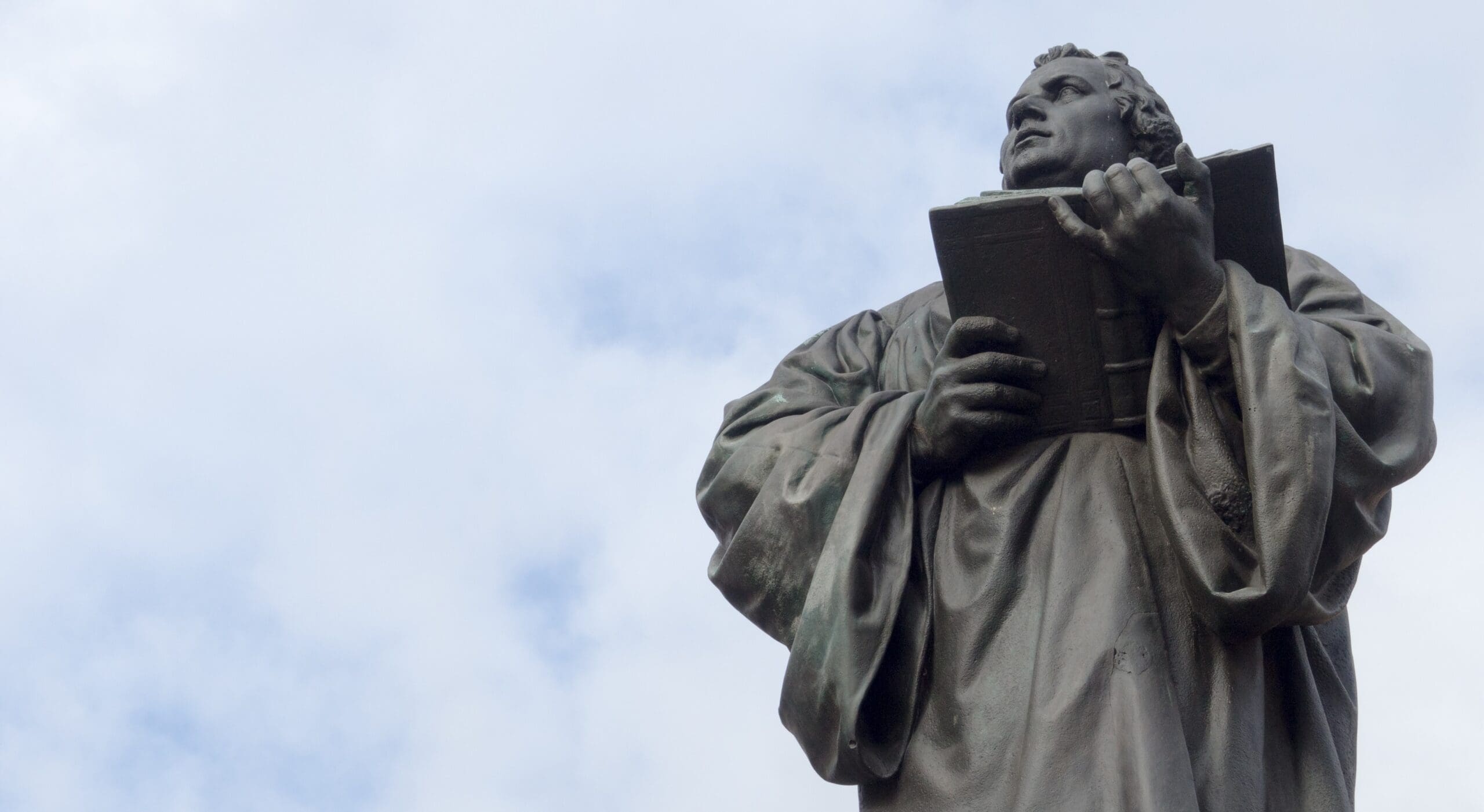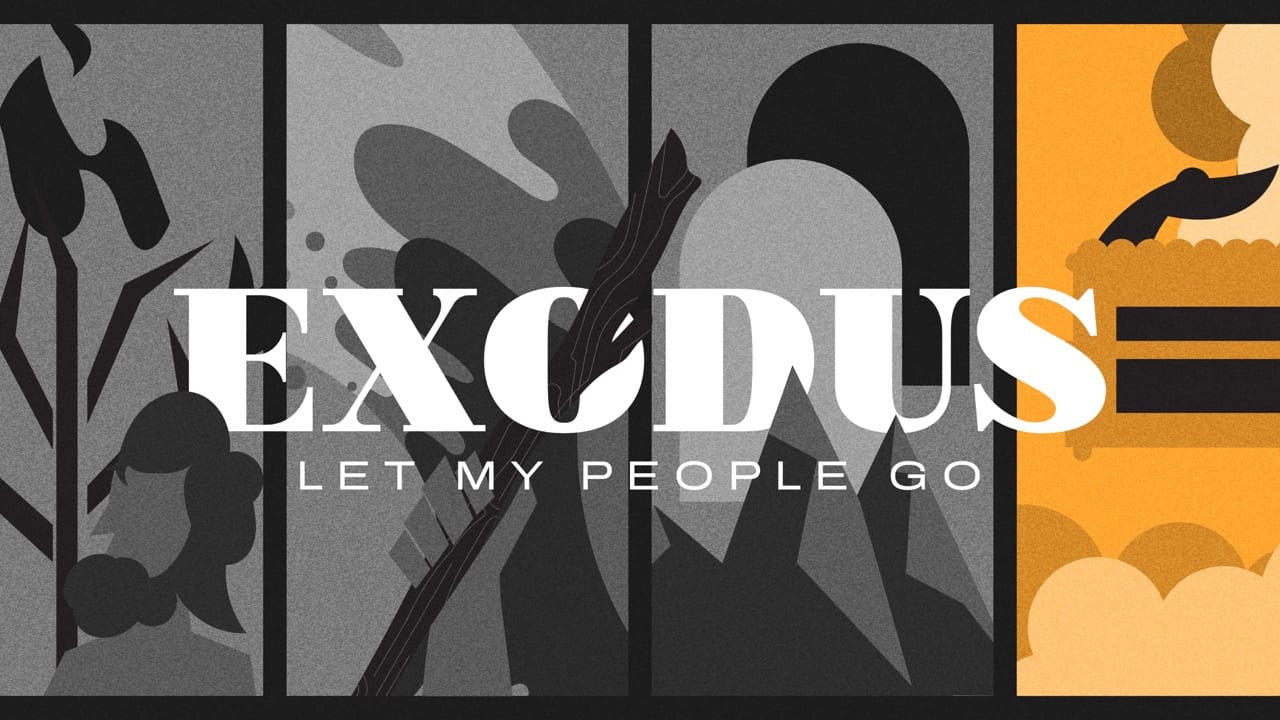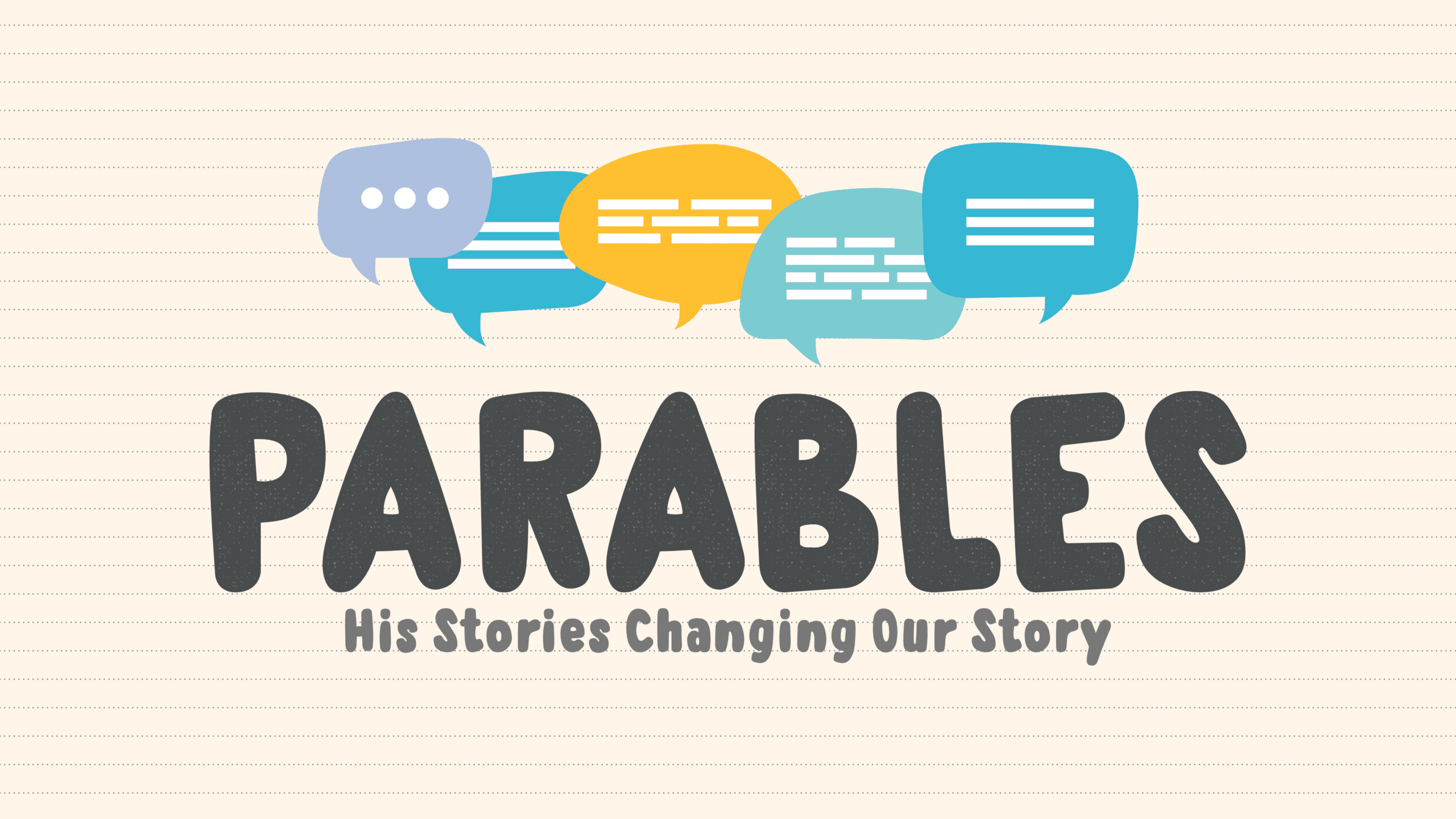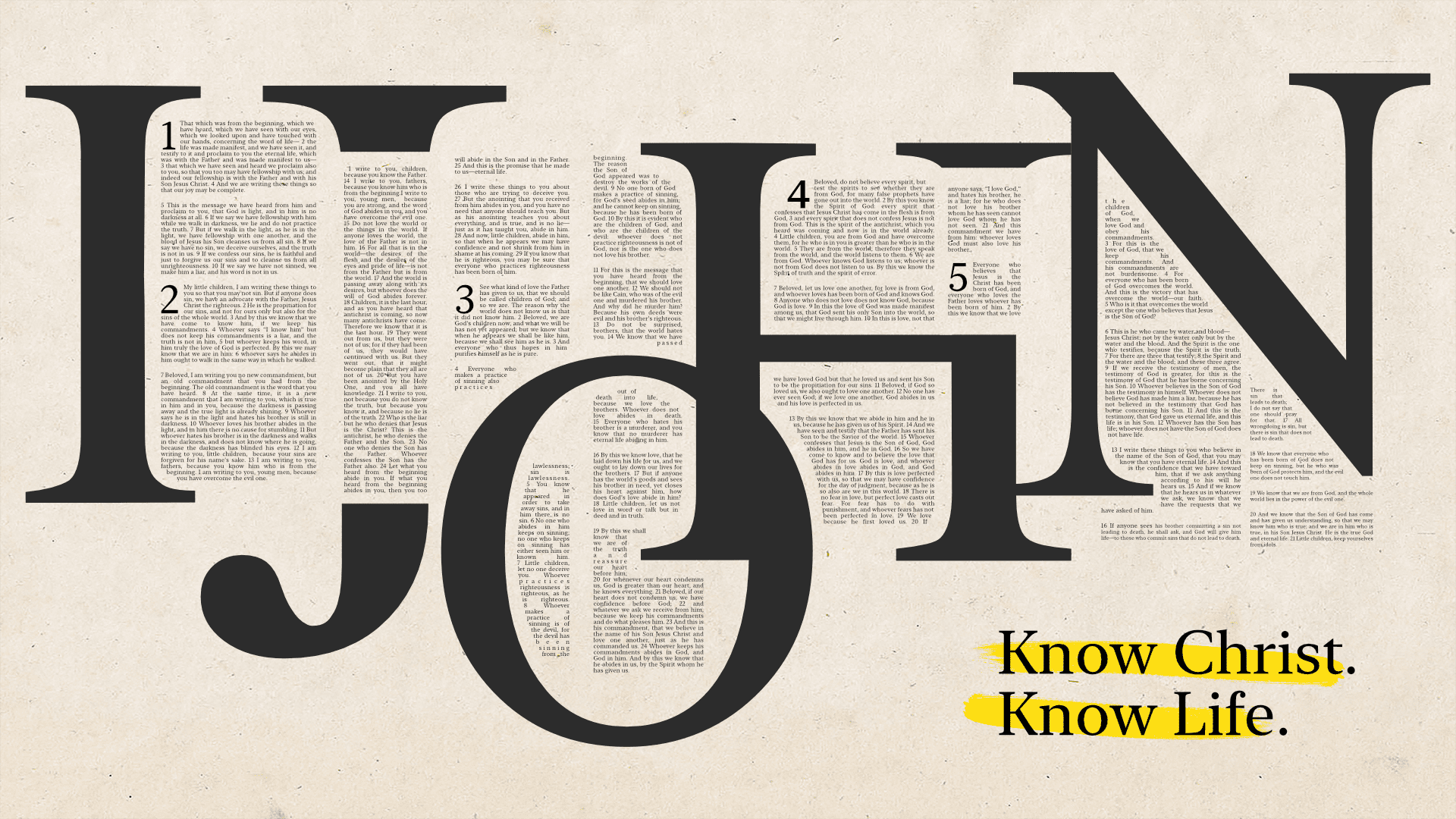The tenth plague of the Exodus is an oft-recited Messianic event by Christians. Many of the connections between the crucifixion of the Christ and the Passover Event is obvious even to the most casual readers. The Last Supper shared between Jesus, and his disciples is a Passover Meal [Matt. 26:17-30; Mk. 14:12-26; Luke 22:7-38; Jn. 13:1-30]. In the New Testament, Jesus is repeatedly referred to as the Lamb, associated with a Passover Lamb [Jn. 1:29; 1 Cor. 5:7; 1 Pt. 1:19; Rev. 5:6]. Furthermore, the Crucifixion occurs on the last day of the Passover Feast [Jn. 18:28; Matt. 27:15]. But there is other imagery either not explained or ignored by most readers between the Crucifixion of Jesus, imagery which provides greater understanding to the Messianic prophecy of Passover and the Trinitarian agency of Atonement at the Cross. We will discuss two details: the exact nature of Yahweh’s agency of “Passing-over” and the reason for the blood of the Lamb (or goat) being painted on the doorpost.
Aviary Imagery & Divine Protection
The late Old Testament scholar, Meredith Kline, once wrote an influential and groundbreaking article on the imagery of Passover. To better understand the Hebrew word for the act of Passing over, Pāsach, by the Yahweh, Kline evaluates its application elsewhere in the Old Testament. Thankfully, pāsach is used only five times in the Old Testament outside of Exodus. It appears twice as an adjective denoting a person who is lame [2 Sam. 4:4; 5:6]. Following this application, the traditional interpretations envision the act of Pāsach in Exodus as God’s “hopping over” the houses. But as Kline puns, this is not only a “lame metaphor” but the details of the narrative seem to shift the reader away from this view. First, our English translations mask the fact that the passing over of the Egyptians [HB. יabar] by the Destroyer is lexically distinguishable from his passing over of the Hebrews/Egyptians who painted their doorposts [for יabar: Ex. 12:12; for Pāsach: Ex. 12:13, 23, 27]. Secondly, Yahweh does not pāsach over the houses, but over the doorposts [Ex. 23b]. The purpose of the act of pāsach is to keep the Destroyer from entering the house. This reveals that the act of pāsach over a doorpost/lintel isn’t a detour, but a place where an action is performed (Kline, 499). This detail invokes a secondary, though relevant question: why the doorposts and lintels? And most importantly, why blood?
Elsewhere in the Old Testament, doorways and gates, i.e. places of entrance, were urban settings for judicial proceedings and instruction. God instructed Moses at the Tabernacle’s entrance [Ex. 33:7-10]. Likewise, atoning sacrifices were to be received at the Tabernacle’s entrance [Lev. 1:3]. The elders who presided as both judges and jurors in cases passed judgment at the gates of cities [cf. Job 29:7; Ruth 4:1-2; 2 Sam. 15:1-6]. Regarding doorposts, Israelites were instructed to write their laws on the doorposts of their homes, perhaps as a dual symbol of the household being under the Covenant, and as a means of establishing a place of judgment [Deut. 6:9]. In the grotesque narrative of Judges 19, the doorpost is highlighted by repetition in the narrative, and it is the dying act of the concubine to place her hand on the threshold of the door, an act which ensues the covenantal splitting of her body and the war of the Tribes of Israel against the Tribe of Benjamin [cf. Judges 19:27].
Thus, the doorpost as the setting of judgement, and therefore the place where the sacrificial blood is painted, means that the act of pāsach is not simply a motion, but a shielding action in which Yahweh plants himself within the door of the house, protecting and keeping the Destroyer from entering.
Furthermore, the Paschal meal is ultimately a sacrificial meal. The specifications of the animal not only reflect details pertaining to sacrifices but specifically that of atoning sacrifices (yes, not all sacrifices in Israel were atoning!) [Lev. 1]. As the priest is instructed to sprinkle the blood of the animal over the altar, so the Israelites are commanded to sprinkle the blood on the doorpost. In fact, imagery of a seal being placed on the doorpost is not exclusive to the Israelite audiences, but the Egyptians had their own association of doorposts with houses of the dead, perhaps providing a fascinating Egyptian background to the imagery (Kline, 506). Thus, the sprinkling of the blood of the doorpost naturally invokes the context of an atoning sacrifice, and the placement of the blood on the doorpost invokes that the place of sacrifice is the place of judgment. Such imagery requires a different application of the verb pāsach, which we find in the remaining passages.
The placement of the blood on the doorpost invokes that the place of sacrifice is the place of judgment.
Elsewhere, pāsach is used twice during the challenge between Elijah and the priests of Baal [1 Kgs. 18:21, 26] and once by the prophet Isaiah to denote the shielding protection of Yahweh over his people [Is. 31:5]. In the latter instance, it is clear that the Prophet utilizes Exodus imagery in describing Yahweh’s judgement and protection over his people, which they were seeking in Egypt [Is. 31:1, 3]. At the climax of the prophecy, Isaiah declares, “Like birds hovering overhead, the LORD Almighty will shield Jerusalem; he will shield it and deliver it, he will ‘pass over’ [pāsach] it and will rescue it [Is. 31:5 NIV].” The divine pāsach action of Yahweh is equated to the protective covering of a hovering bird over its young (Kline, 500). In this analogy, Yahweh is not shown moving away from Israel, but rather planting himself over her. The application of the verb during the Baal confrontation reinforces this aviary analogy, as Elijah taunts the priests by describing their position as “limping/hovering” [pāsach] between two opinions (i.e. as a bird hovering between two branches). In the second instance, the author’s description of their dancing as pāsach, invokes another aviary analogy, not of birds but of flies swarming a carcass (Kline, 501).
Considering the hovering application of the verb in 1 Kings and Isaiah’s analogy of hovering as protective action, it would seem that the correct understanding of the Exodus’s application of pāsach, is the protective covering action in which Yahweh ‘covers’ over the door, acting as shield against the Destroyer. But who is the Destroyer? And why is Yahweh shown as shielding the blood-stained door from it? The identity of the Destroyer reinforces the divine judgment imagery as well as the significance of the Pāsach action.
The correct understanding of the Exodus’s application of pāsach, is the protective covering action in which Yahweh ‘covers’ over the door, acting as shield against the Destroyer.
The Destroyer: Dual Theophany
In order to understand the identity of the Destroyer in Exodus 12, one must first read and understand the agency of Yahweh in the preceding chapter. In Exodus 11, Yahweh describes the final plague to fall upon the Egyptians. “Thus, says the Lord: ‘About midnight I will go out in the midst of Egypt, and every firstborn in the land of Egypt shall die… [Ex. 11:4-5a].” In this description of events, who performs the action of killing the first born? The Answer: Yahweh. And this detail is significant because when we “pass over” to the next chapter (couldn’t resist!) and see that a Destroyer is attributed with the killing of the firstborn [Ex. 12:23], and then less than six verses later, we read again that “At midnight the Lord struck down all the firstborn in the land of Egypt… [Ex. 12:29a],” one has to ask, what is exactly going on here? The answer to the identity of the Destroyer and who is doing that action is that we have an instance here of a dual theophany. A dual theophany is where two divine images or figures are represented as distinct yet both are understood as one being—i.e. Yahweh [cf. Gen. 19:24; Judges 6]. It is possible to do as Kline has done and attribute the Destroyer to the Angel of the Lord, identified at least once in the New Testament with the Son (Kline, 498). This explanation is certainly possible, but given the silence of Persons in the Old Testament, perhaps the most which can be gleamed from the lack of explanation by the author, is that neither the author nor the audience are surprised by this reality of multiplicity with regards to the God who is One.
Conclusion
The connection between the Passover and the Cross has just been made a little clearer. At Passover, Yahweh descends upon the Egyptians as the Destroyer who uniquely conducts his judgement as יabar (pass through); whereas, when the Destroyer comes upon a blood-stained doorpost, Yahweh’s Spirit descends and pāsach (passes over) the door, shielding the home from the divine judgment of the Destroyer. This imagery, combined with the atoning context of the Passover meal, forces us to look upon the cross and see the True Passover Lamb. As the unblemished lamb, his bones are not broken [Ex. 12:46; Jn. 19:36], his blood poured out as the atoning sacrifice [Heb. 9]. The wrath of God intended to destroy us, is inflicted onto the flesh of Christ.
That is the gruesome nature of the Cross. God does not ‘pass over’ the Cross, but inflicts the fullness of his wrath onto the atoning sacrifice.
And yet, Christ stands as Yahweh in the doorpost, protecting us from his own divine judgement. That is Pāsach.
Suggested Readings:
Kline, Meredith. “The Feast of Cover-Over.” JETS 37, Vol. 4 (1994): 497-510. DOI: https://www.etsjets.org/files/JETS-PDFs/37/37-4/JETS_37-4_497-510_Kline.pdf
Kline, Meredith. Images of The Spirit. Eugene: Wipf & Stock, 1999.













